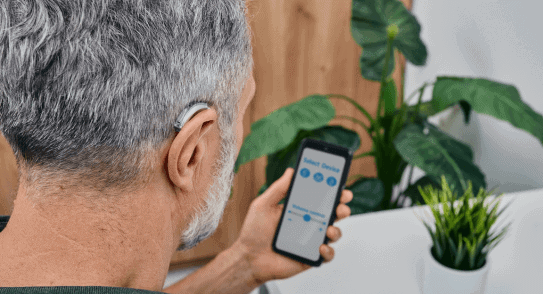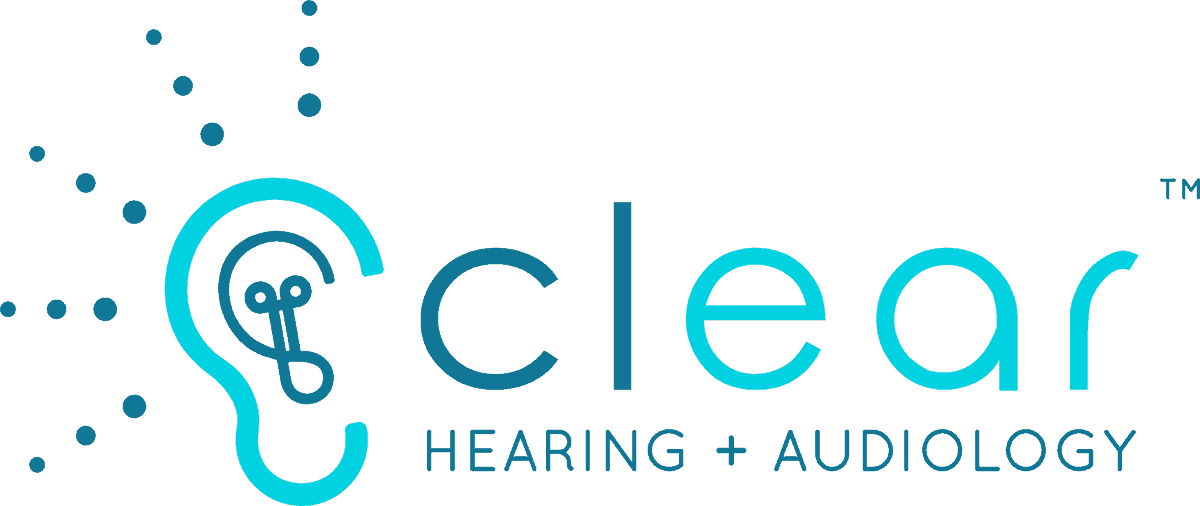
The bulky devices we once knew as hearing aids have evolved significantly. Modern options are sleeker, more efficient, and packed with innovative technology. Among these advancements, Bluetooth-enabled hearing aids have gained significant attention. But how do they compare to traditional hearing aids? Understanding the differences can help individuals decide to support their hearing health.
The Basics of Traditional Hearing Aids
Traditional hearing aids focus primarily on amplifying sound to assist those with hearing loss. They consist of integral components such as microphones, amplifiers, and receivers. These devices are straightforward and reliable, offering features like volume controls, multiple listening programs, and basic feedback reduction.
Traditional models are often valued for their simplicity. They’re easy to use, making them popular for individuals who prefer straightforward functionality over added features. Despite their simplicity, they still require regular maintenance, such as battery replacements and routine cleaning, to perform optimally.
What Makes Bluetooth Hearing Aids Stand Out?
Bluetooth hearing aids integrate wireless technology, allowing seamless connectivity to smartphones, televisions, and other Bluetooth-enabled devices. This capability transforms hearing aids into multipurpose devices that double as headphones for phone calls, music streaming, or watching videos.
With Bluetooth technology, sound quality is often clearer and more direct. Instead of relying on external microphones to pick up sounds, Bluetooth hearing aids receive audio directly from the source. This feature reduces background noise and enhances the listening experience, especially in noisy environments.
Comparing Sound Quality
Sound quality is a critical factor when choosing hearing aids. Traditional hearing aids amplify ambient sound, which is ideal for general listening. However, they can struggle in environments with excessive background noise, such as busy restaurants or crowded gatherings.
Bluetooth hearing aids provide a more tailored experience. They connect directly to audio sources to eliminate much of the interference caused by ambient noise. For example, during a phone call, the audio streams directly into the hearing aids, ensuring clarity and reducing distractions.
Convenience and Lifestyle Integration
Traditional hearing aids excel in simplicity but lack the versatility that modern users often seek. They’re best suited for individuals needing assistance hearing speech and environmental sounds without additional technological features.
Bluetooth hearing aids are a great tool for tech-savvy individuals or those who frequently use devices like smartphones or tablets. Features like app-based controls enable users to adjust settings, check battery life, or switch listening modes with ease. They are also invaluable tools for those who enjoy streaming music or podcasts.
Battery Life and Power Usage
Battery life is another consideration when choosing between these two types of hearing aids. Traditional models typically use disposable batteries, which may last several days to weeks, depending on usage.
Bluetooth hearing aids, on the other hand, consume more power due to their connectivity features. While many models now include rechargeable batteries, frequent streaming or connectivity can reduce battery life. It’s important to weigh the convenience of Bluetooth features against the need for consistent battery performance.
Maintenance and Reliability
Traditional hearing aids require standard maintenance practices, such as cleaning the ear molds and replacing batteries. They are generally reliable for everyday use, with fewer potential issues related to software updates or connectivity.
Bluetooth hearing aids introduce additional maintenance considerations. Firmware updates are sometimes necessary to ensure compatibility with connected devices. Connectivity issues, though infrequent, can occasionally occur. Regular updates and troubleshooting may be required to maintain peak performance.
